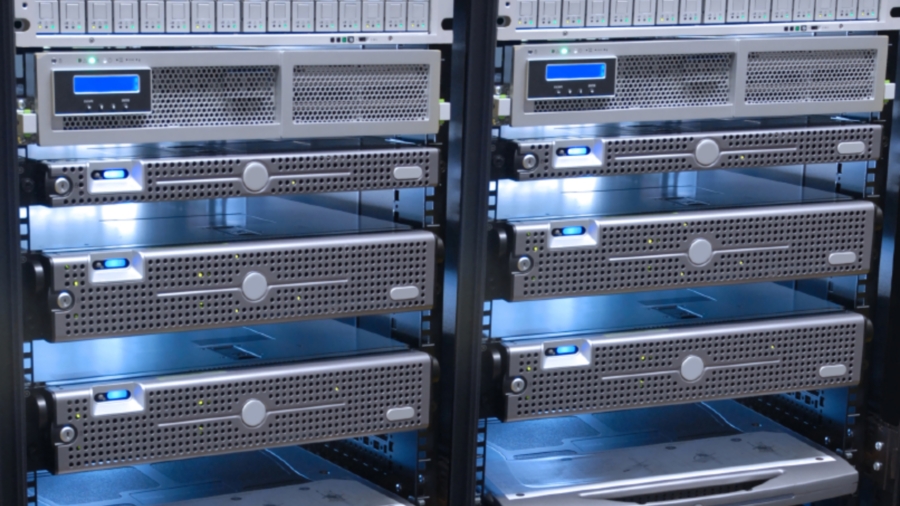Buying your first server
Think about the primary use

As businesses grow beyond a handful of employees they will inevitably have to consider utilising a server.
It can help to manage an increasing mobile workforce, improve the efficiency of email and print services, as well as deliver secure back-up and restore options.
IT managers will need to decide on the primary use of their server. In a business environment dominated by the cloud, an on-site server can be advantageous for efficient mail and print delivery, and of course for data back-up.
Businesses have to look closely at their needs and how they will expand in the future.
Tower systems are easy to set up, but are generally aimed at businesses with fewer than 10 users. Rack or blade servers tend to be chosen by larger businesses, as they offer the most expansion options.
Ancillary infrastructure also has to be factored into the buying decision. Most businesses buying servers for the first time will also be setting their first server room.
Tower, rack or blade?
The overall load that will be placed on a server will also determine the best form factor to choose. Tower servers that look almost identical to tower PCs are the first type of server to consider. They do, however, have limited expandability.
Sign up to the TechRadar Pro newsletter to get all the top news, opinion, features and guidance your business needs to succeed!
A step up from a tower server is the rack server. As its name suggests, several servers of a standard size with their own onboard power supplies, processors, memory and input/output ports are mounted within a rack to work in conjunction with each other.
Rack servers offer high levels of expandability, but they also require more cooling than tower servers and a more carefully controlled environment. Most businesses that invest in rack servers also build server rooms to accommodate them.
Blade servers, which comprise a number of thin, modular circuit boards mounted in a chassis, provide another alternative. The servers themselves don't have I/O ports or power supplies built in; instead these components are moved to the chassis.
The idea is that multiple servers can be installed into one chassis saving on space and allowing power cost savings.
Up front costs are higher than for rack servers, as your business has to buy the chassis as well as the edge servers. Many business, however, find that the compactness of blade servers and the ease with which the hardware can be maintained and upgraded more than makes up for the additional extra set up costs.
As long as you clearly understand the primary usage of a server choosing the appropriate set up will be straightforward. Auditing your user requirements will ensure the right server configuration is chosen, and with all enterprises now existing in a fast-paced business environment, a level of flexibility and expandability is crucial to build into your server choice.
Many businesses are finding that blade servers offer them the level of expandability they need.